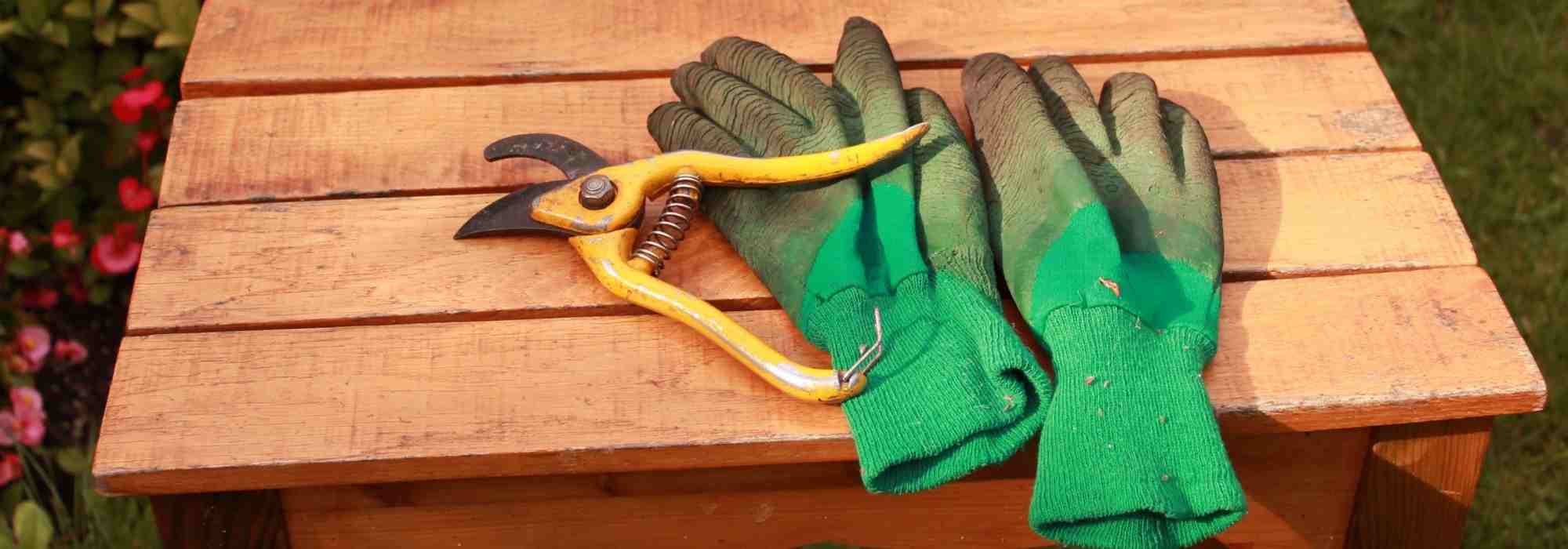
How to choose your gardening gloves?
Our tips to make the right choice
Contents
Impossible to garden without wearing protective gloves! Injuries, cuts, scrapes, and lacerations, gardening comes with its risks. Whether you are a budding gardener or perfectly seasoned, a good pair of gardening gloves to protect your hands while gardening is always useful.
There are options for all tastes, uses, sizes, and colours. We will guide you in choosing the ideal pair!
Discover which pair of gloves to choose for gardening based on the different gardening tasks to be performed, comfort, dexterity, and the size of your hands!
Why wearing gloves for gardening?
Wearing gloves while gardening ensures both comfort and safety, as certain tasks can pose dangers. The use of well-sharpened gardening tools (pruning shear, loppers or branch cutters, garden saw, shears, hedge trimmer, billhook…) is not without risks, not to mention the thorns from roses or prickly plants! In the garden, gloves help protect your hands from minor injuries, superficial wounds, and dirt caused during gardening tasks.
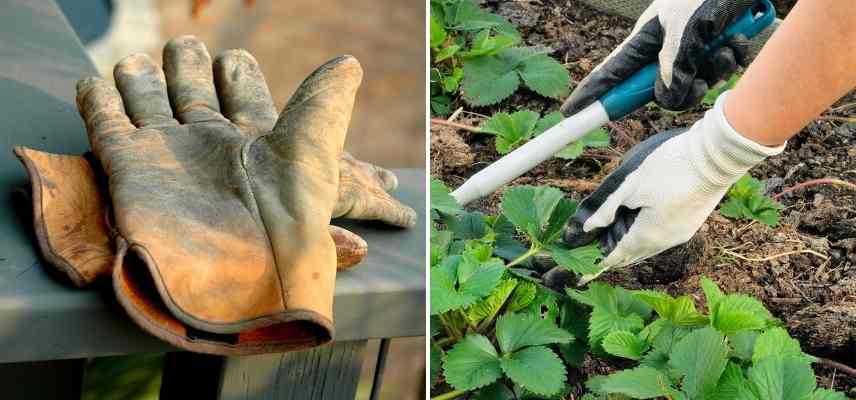
There are different gloves for specific uses
Read also
Gardening: how to avoid accidents?Choosing gloves according to use
There are different types of gloves. Each task has its specific glove. Several criteria must be considered before choosing your pair, particularly the nature of the task to be performed, as a glove suitable for planting and digging may not necessarily be appropriate for pruning roses or clearing undergrowth. I recommend having at least two pairs of gloves on hand: a good pair for pruning, trimming, or logging work, and a multi-purpose pair.
To prune shrubs and bushes
This type of glove allows for a good grip on large branches and thorny stems without risk. They also protect hands from sharp and/or powered tools and their vibrations. Highly resistant to tears and scratches and breathable, they also absorb shocks. They are specifically designed for large-scale plant pruning, clearing undergrowth, pruning bushes, roses, and thorny plants, cutting, handling wood, and using vibrating equipment (hedge trimmers, brush cutters, chainsaws…) or hand tools like pruning shears or shears. Some are even suitable for vine pruning, for example. Our selection:
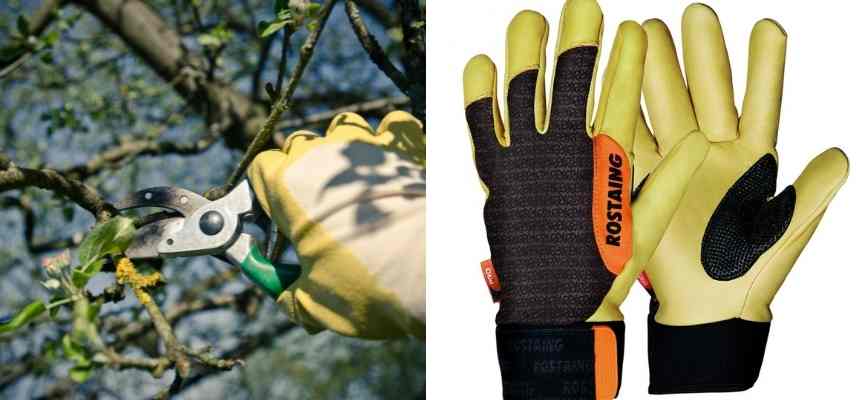 On the right, Rostaing pruning gloves with leather palm
On the right, Rostaing pruning gloves with leather palm
To pull brambles and to prune roses
When tackling roses and thorny plants, it is essential to equip yourself with specific gloves designed to protect hands from scratches and plant stings. It is important to remember that the risk of contracting tetanus in the garden from a contaminated rose thorn is real. Typically made from cotton coated with thick latex, and often featuring advanced Rostaing technology, these gloves effectively protect hands from small thorns and splinters during pruning and maintenance work. Highly resistant to sharp thorn penetration, waterproof, they are very effective at safeguarding your hands from the formidable thorns of roses. You will also use them when dealing with other prickly plants: raspberries, young brambles, thistles, barberries… Some models with long cuffs provide full protection for the hand and forearm. Our selection:
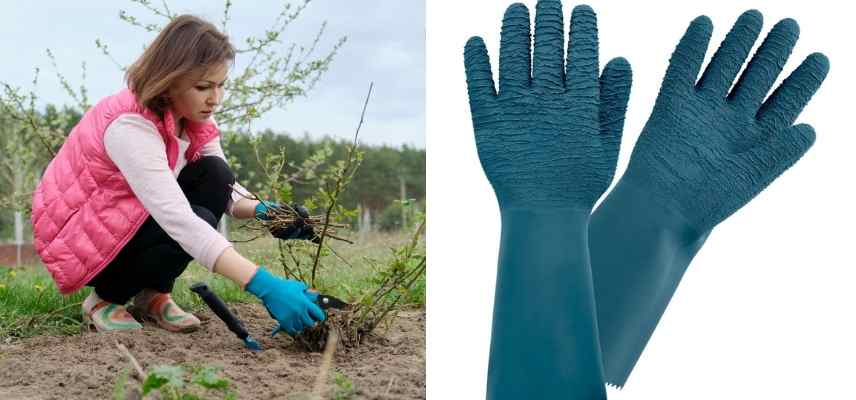 On the right, long Rostaing pruning gloves for roses and small thorny plants
On the right, long Rostaing pruning gloves for roses and small thorny plants
To clear underbrush
Some reinforced glove models are specifically designed for clearing underbrush. They are highly resistant to punctures. Equipped with protective cuffs, they effectively shield hands and forearms from scratches and injuries. They also provide good shock absorption when using a hedge trimmer or brush cutter to maintain pyracantha, brambles, holly, or hawthorn, or when working in rose beds. Our selection:
To weed
Not all gardening tasks involve real risks. For pulling “weeds,” multi-purpose gloves may suffice. Lightweight and protective gardening gloves made from nylon and polyurethane or waterproof natural latex are suitable for weeding beds, pots, or borders. They combine comfort and dexterity while protecting hands from moisture and dirt. They are designed to limit sweating and are washable. Our selection:
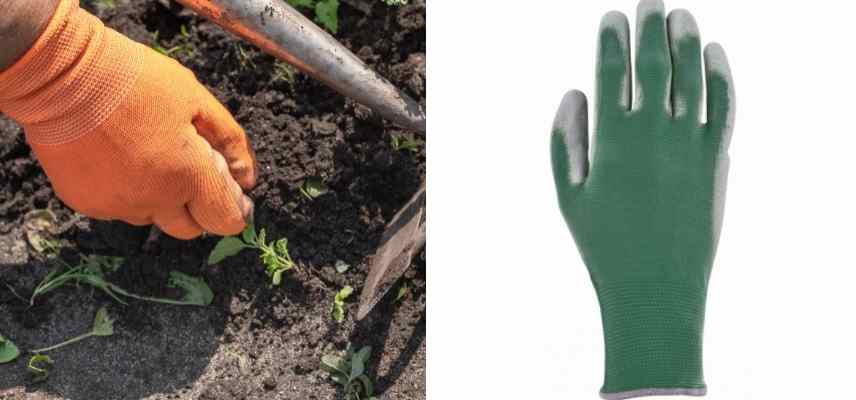 On the right, lightweight gardening gloves for clearing underbrush from Rostaing
On the right, lightweight gardening gloves for clearing underbrush from Rostaing
To plant
For planting and digging, excellent hand protection is essential. There are durable and comfortable models with reinforced leather palms and fingers to allow good dexterity and prevent blisters. Some come with a long elasticated cuff at the wrist for optimal protection. They are designed to protect hands from the repeated use of a spade and improve grip when using this type of gardening tool. They also offer good resistance to water and moisture, allowing for longer work while keeping hands dry during planting periods. Our selection:
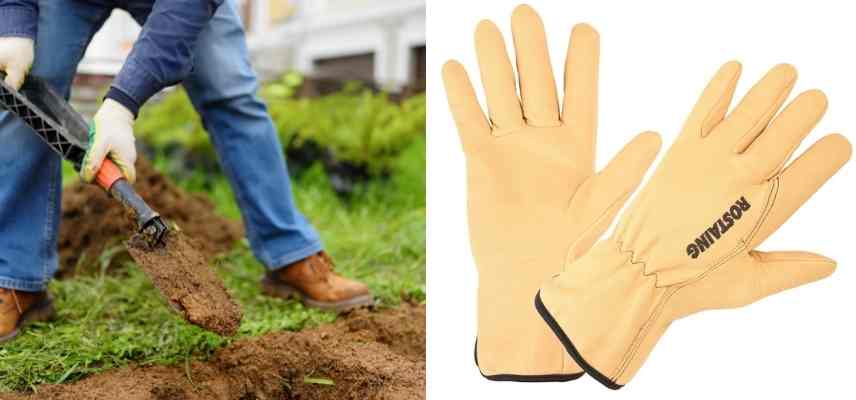 On the right, durable waterproof gardening gloves from Rostaing
On the right, durable waterproof gardening gloves from Rostaing
To treat plants
In the garden, it is sometimes necessary to protect the skin from using plant treatments. This type of nitrile glove is used whenever the gardener needs to apply care products to their plants (natural fertilisers and nutrients, fungicides, herbicides and moss killers, Bordeaux mixture, natural slug deterrents, and other substances potentially harmful to the skin). Our selection:
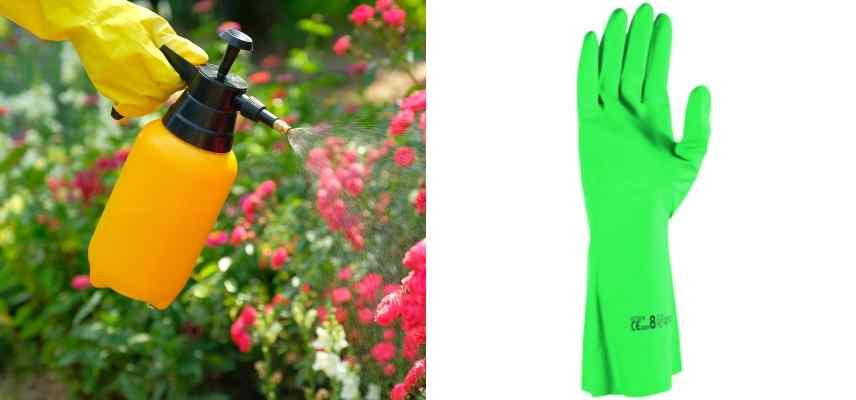 On the right, Blackfox phyto gloves for treatments
On the right, Blackfox phyto gloves for treatments
To water
Some gardening glove models particularly resistant to water fully protect the hand from dirt in wet environments while being breathable. They are ideal for watering and irrigating crops and plants. Our selection:
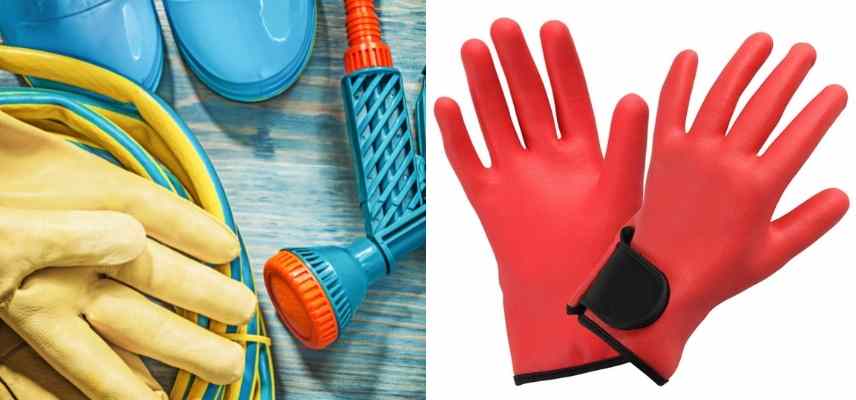 On the right, Rostaing water-repellent gloves
On the right, Rostaing water-repellent gloves
To repot and transplant
For these small, low-risk tasks, opt for “basics” that combine comfort, flexibility, and dexterity: lightweight, thin gloves made entirely of cotton or coated with natural non-slip latex on the palm and fingertips, these gloves will protect your hands and nails from dirt during small repotting, transplanting, or planting annual flowers in containers or pots. They often have a second-skin effect. Our selection:
Discover other Gardening clothes
View all →Available in 1 sizes
Available in 1 sizes
Available in 1 sizes
Available in 1 sizes
Available in 1 sizes
Available in 1 sizes
What type of gardening glove to choose?
The material from which gloves are made is an important factor to consider when choosing a pair of gloves. You should select it based on the gardening tasks to be performed, ensuring it is resistant to cold and moisture, and offers good durability… Everyone has their own pair! Today, there are gloves designed to fit the morphology of children or women. Here are the main types of gardening gloves along with their advantages and disadvantages, if any.
Leather split gloves
Made from suede or velour, these are work gloves perfect for gripping pruning tools, suitable for tasks such as pruning or logging or even for heavy weeding in spring or late summer. They are designed for large-scale work rather than precision tasks.
Pros: particularly resistant to punctures, water, and oils, they provide excellent hand protection. They can be washed after use.
Cons: they can sometimes lack flexibility and may feel a bit bulky.
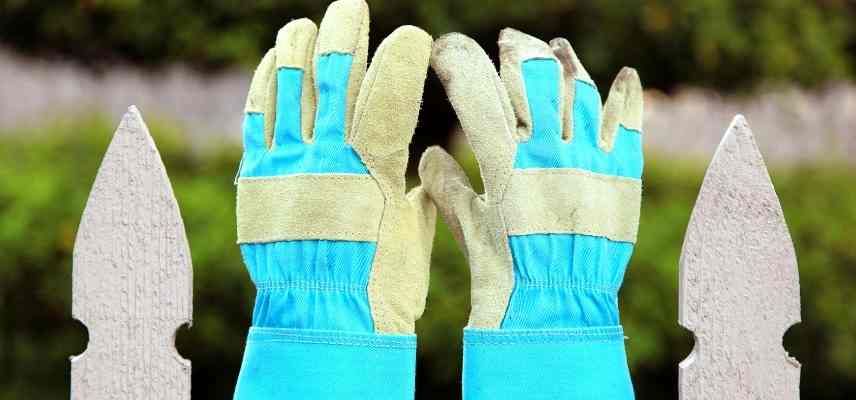
Leather gloves
These are quite versatile gloves used for all precision tasks: pruning plants, weeding and cleaning the garden, repotting, or even stacking wood. They help protect hands from cuts and scrapes. We offer 100% eco-designed leather models, treated to be water-resistant, and made in France.
Pros: they are more flexible than leather split gloves. They offer greater durability, are abrasion-resistant, breathable, truly comfortable, and sufficiently supple to allow good dexterity. They are suitable for individuals allergic to latex. Easy to maintain, they can be washed after use in warm water with soap.
Cons: if not treated for water resistance, leather can stiffen after drying. They are more expensive to purchase.
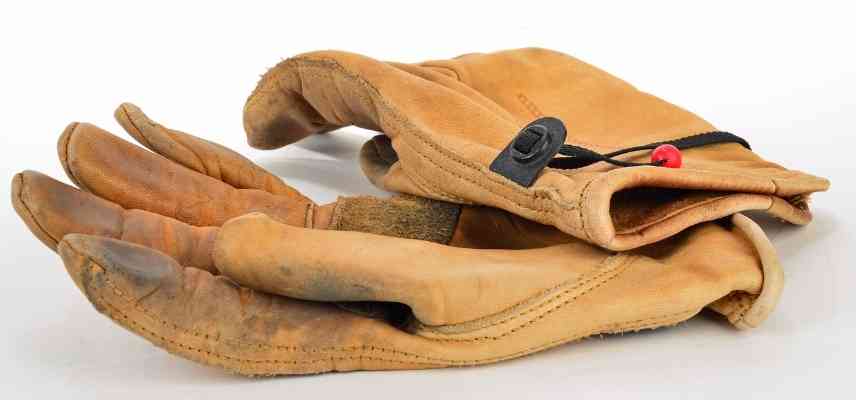
Latex gloves
These specific gloves are generally made from cotton coated with a thick latex that is highly resistant to tearing, waterproof and non-slip.
Pros: they help protect hands from stings and scratches. They provide excellent waterproofing.
Cons: they do not allow the skin to breathe much, and this feeling of moisture can quickly become uncomfortable.
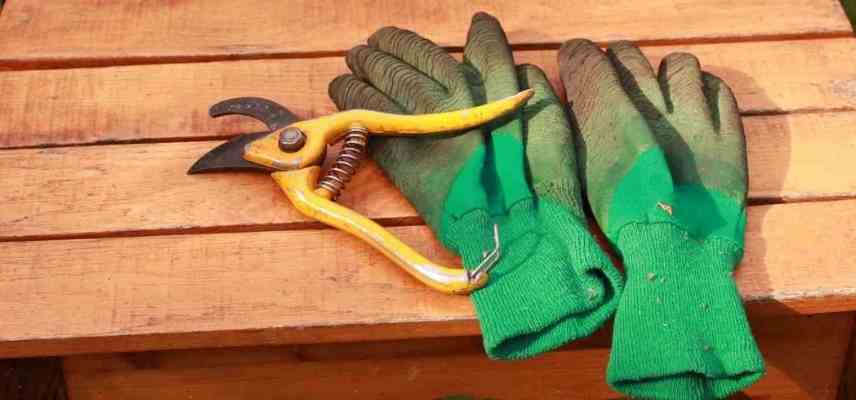
Textile gloves
Thin, lightweight, and protective, these gardening gloves made from breathable fibres are often composed of cotton or knitted nylon coated with non-slip polyurethane. They are used for small, non-messy precision gardening tasks such as cleaning planters, picking fruits and vegetables, planting bulbs, or transplanting young plants.
Pros: They are breathable and comfortable, inexpensive, and provide a “second skin” comfort.
Cons: They offer little protection.
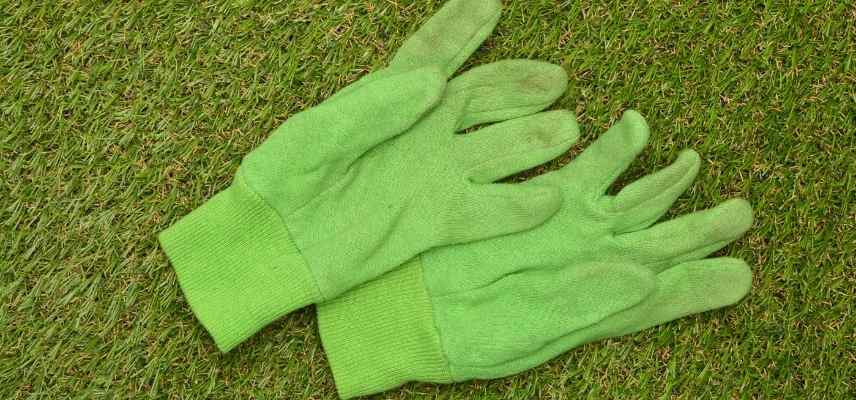
Gloves for women
To avoid dirty nails and oversized gloves, we offer a selection of gardening gloves designed for smaller hands, which are both durable, stylish, and comfortable.
Pros: They are tailored to the female morphology for optimal comfort. They feature a refined style, are very feminine, and come in a variety of vibrant colours.
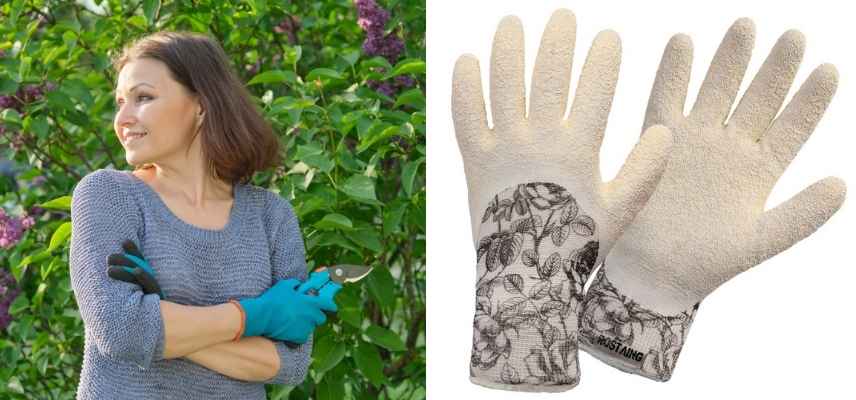
Gloves for Gardening with Children
The little hands of our budding gardeners are more fragile, and to ensure that gardening remains a joy and a discovery, it is better to protect them from potential injuries. A pair of soft cotton gloves reinforced with latex will be the essential accessory for picking fruits from the orchard, harvesting radishes from the vegetable garden, or caring for balcony planters.
Pros: Versatile, they protect little hands from water, scrapes, friction, splinters, scratches, and other minor injuries. Their colourful and fun patterns appeal to the youngest. Equipped with wrist straps, they are less likely to be lost!
Connected gloves
You can be a gardener and stay connected! This type of tactile glove allows you to weed and clean the garden, plant, and repot plants while consulting your smartphone or following a tutorial without having to take them off.
Pros: They feature ‘touch’ technology compatible with touch screens.
Cons: They are not suitable for messy tasks.
Scented gloves
A curiosity invented for gardeners seeking both sensory pleasure, comfort, and dexterity.
Pros: These scented gloves are delicately infused with essential oils (often eucalyptus) and emit a light, pleasant fragrance. They can be kept in the kitchen as a scent enhancer and handy for maintaining aromatic pots, for example.
Cons: They are best reserved for light gardening and repotting tasks.
Read also
Main gardening tools and their functionsHow to choose the right size of gloves?
Size 7 (S), 8 (M) or 11 (XL)? To choose the right gardening gloves, you need to select the correct size, neither too large nor too small, otherwise you won’t be able to use them. The size must fit your hands exactly. To do this, simply measure the circumference of your palm and refer to the corresponding sizes.
- Subscribe!
- Contents
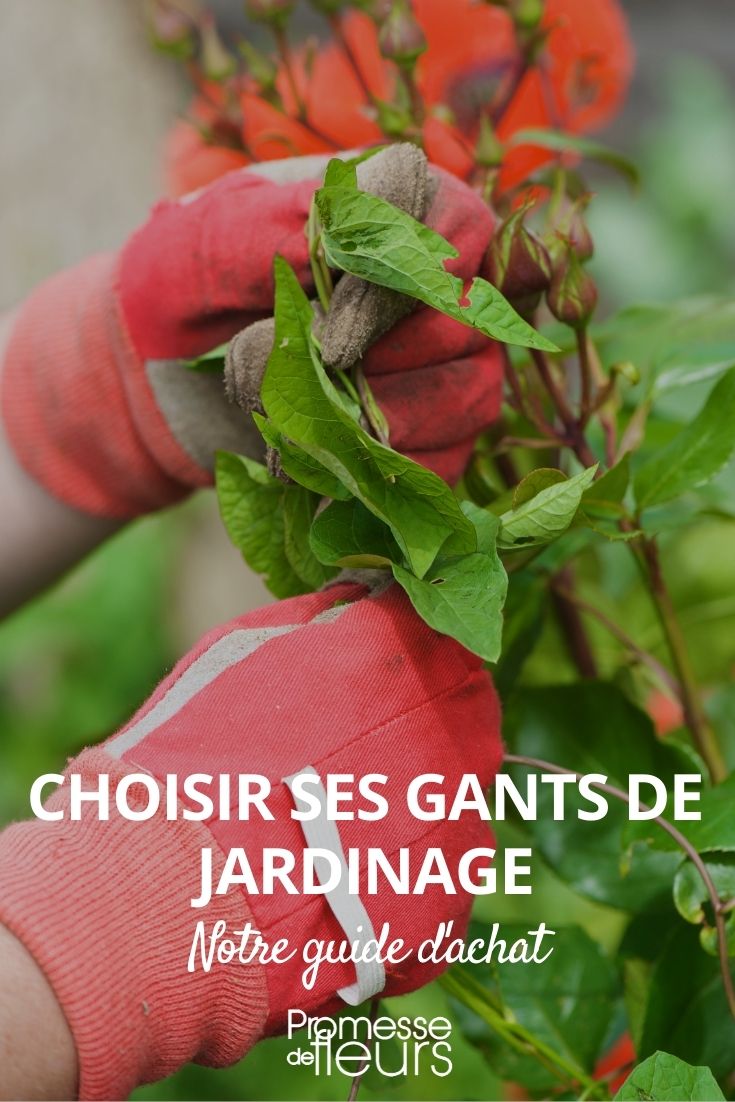































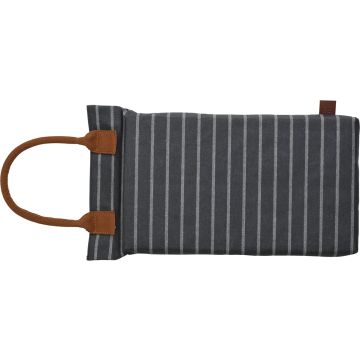
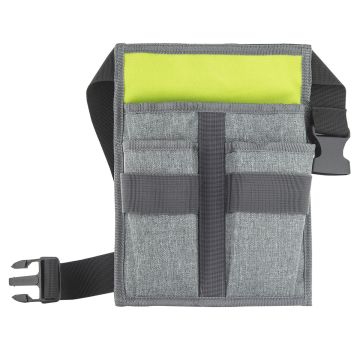
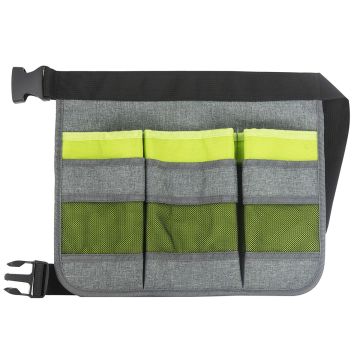
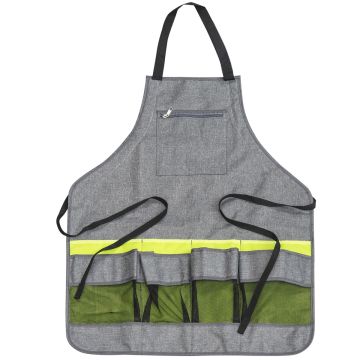
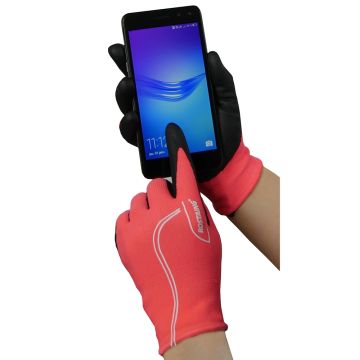
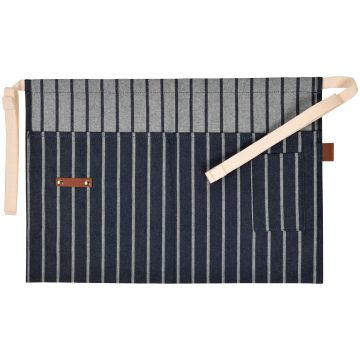
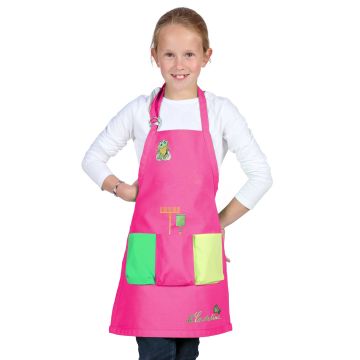
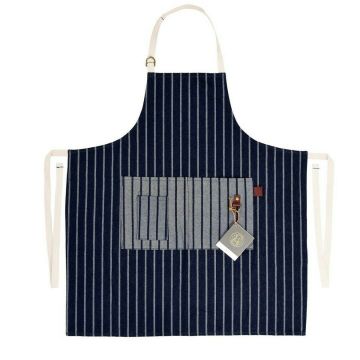
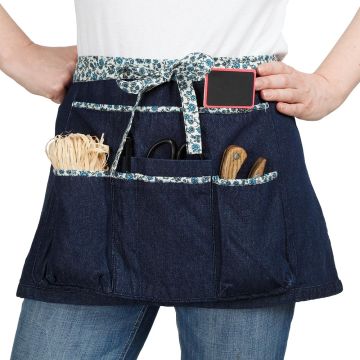
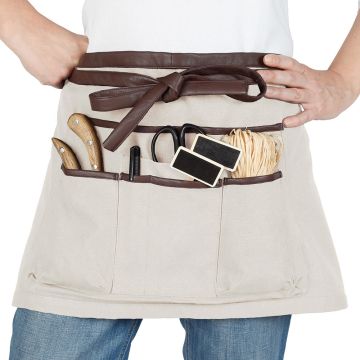
Comments